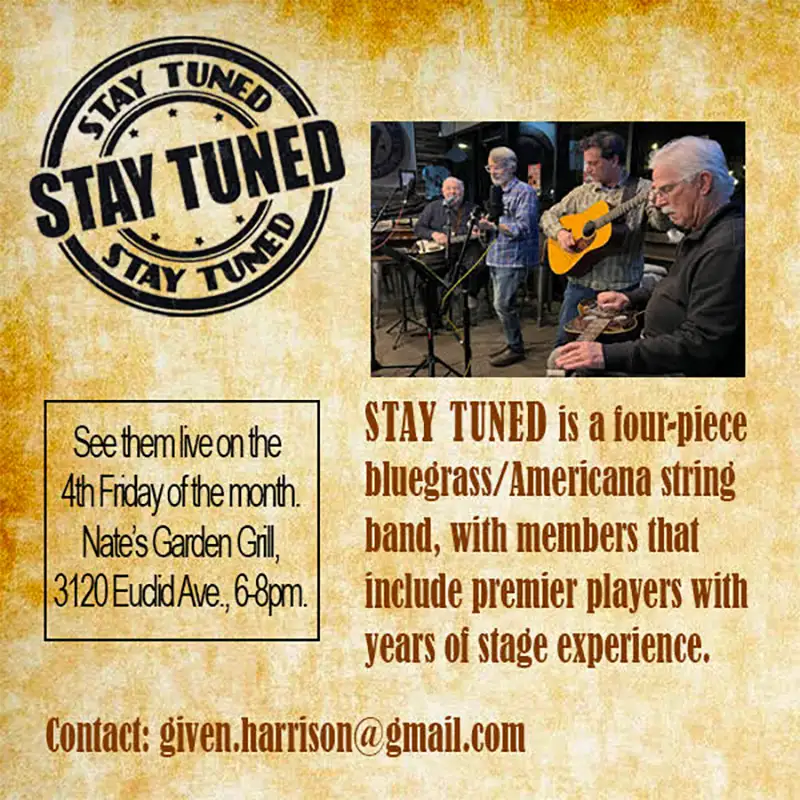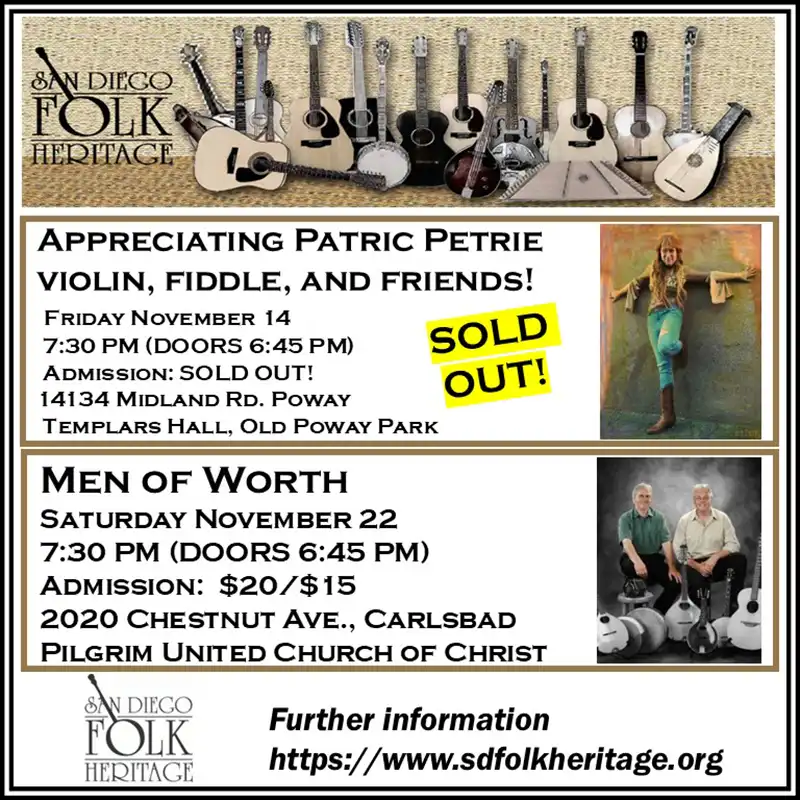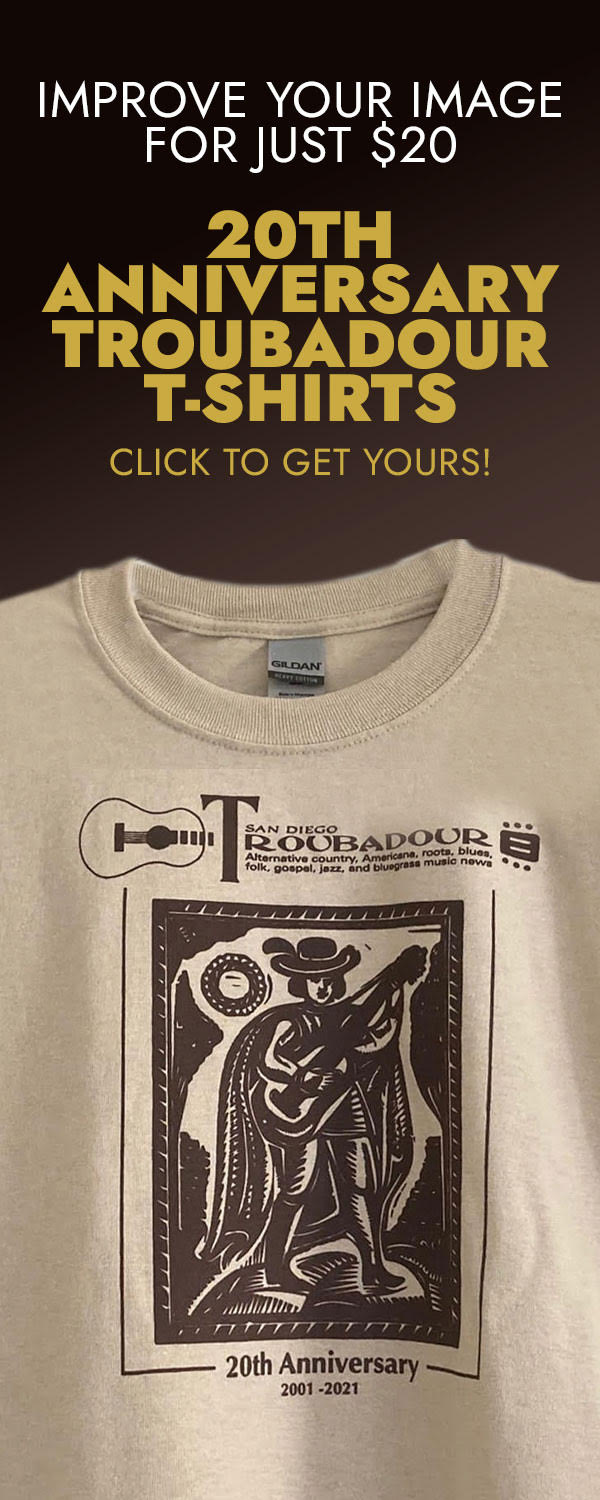Zen of Recording
What Looms, Revisited: A.I.
I first wrote the article below nine years ago. At the time, we were six years into the great mortgage crash of 2008. I was tending bar part time and gigging to make ends meet. Things hadn’t exactly “dried up,” but the number of artists able to finance an album project had plummeted somewhat, mostly because second mortgages largely financed these “vanity projects” and those were gone now. I pressed on, but by that time necessity was bringing more self-produced content; some of those folks may have even learned a thing or two from this column, hopefully.
The focus then was intended to be on how this affects us all as humans. So, I doubled down on returning to “core principles,” like service and professionalism as a means of combating obsolescence.
I don’t think I saw it all coming at the time. How bad it would get for musicians and producers before things improved, only to tumble into the pandemic’s yawning abyss of isolation, Amazon, and 5G-streaming binges. Convenience is once again King. and if you’re an artist and/or content creator, you are about to face a series of challenges that you may not be entirely prepared for.
Let’s talk about CDs (compact discs) for a moment. I bought my first one in 1987. Players were pricey at first, so that was about a year after stores started carrying CDs. Yes, they sounded great, took up less space, and were almost indestructible, but it was its expedient handiness that really won folks over. Being able to hear a whole album in one sitting without having to flip the disc over, or play any song at will, or program only the ones you like to play, all via a remote control device. That is what made the CD so popular. It’s also what made the iPod a success, with its ability to bring your music collection with you everywhere, via super data-compressed Mp3s.
It is at this point that I feel I should point out that this did not sound better.
Yes, things are improving (slowly), but in the meantime “instant and slightly shitty” is still the order of the day as far as a music subscriber’s everyday listening experience is concerned.
Currently, I’d say most folks seem happy with the exchange. Beyond convenience, streaming services have mined and curated a universe-like database based upon each individual consumer’s listening habits, likes and dislikes, via a process called aggregation. This is a form of Artificial Intelligence or A.I., in that it learns more about you every time you use it. This is why your “suggested listening” is never that far off from what you actually like. Sometimes, in fact, it’s almost eerie.
Now, I’m not trying to go all Chicken Little on you, but the creative sky looks a little weird.
With the advent of A.I.-generated video and music content, I predict two distinct groups of users will emerge. For now, let’s call them Grazers and Drivers
Grazers will be like the recent wave of A.I. Creators, who are typing in text prompts or descriptors that the software then interprets with often unpredictable results. These range from compelling, intriguing, and thought-provoking to nonsensical rubbish.
For now, innovation is narrowing down and refining a set of images and descriptors that can result in a song that sounds just like Drake.
I like Drake. I don’t like how many artists sound exactly like Drake though.
Now we have folks who only want to hear more of the same of what they already love and they’ll settle for close.
If you want to define a driver, start here: https://youtu.be/kGLo8tl5sxs
Drivers will find ways to enhance or inform their music, pushing it to the furthest limits of their imagination. They will look beyond the ease and simplicity of the norm to express what has not yet been given voice. Many might take a micro-dose approach, finding new ways out of old musical corners or using A.I. as an essential creative tool.
In a coming multi-part series, I’ll show you how I’ve been using A.I. in music for the last five years and where we might see it heading. One place that it is not going is “away.”
Sven-Erik Seaholm is a noted record producer, singer, and songwriter. www.SvenSounds.com
**********************
What Looms on This Horizon?
by Sven-Erik Seaholm
Laundry day. As I haul another heaping basket of laundry across the bedroom floor, I notice a pair of my favorite jeans crumpled in the corner. I pick them up and immediately notice an unusual wear pattern on the back left pocket. I run my finger along its white rectangular outline, studying the intricate interlacing of the denim’s fabric and the effect that my smart phone appears to have had upon it. I sense an awkward union of the present and the distant past and I think about the weavers…
Although this is a music magazine, I’m not talking about the Weavers, the Greenwich Village folk group that inspired and led the way through the folk music boom of the ’50 s and ’60s. I’m speaking of the silk and cotton weavers, particularly those of the early 19th century.
Around that that time, a handloom weaver was a skilled and well-paid craft, due to a glut of newly automated thread production and an increasing demand for fabric. This created a sort of production bottleneck, a situation the weavers exploited to command a much higher salary than many other similarly skilled positions. British weavers made about one pound and 10 shillings per week in 1790. However, a swift confluence of events and developments would quickly and drastically alter the fortunes of the weavers forever.
The word of good pay for a somewhat easily acquired skill brought a flood of workers to meet the increasing demand and the staggering number of new weavers competing for these positions sent wages spiraling downward.
The arrival of the new steam-powered looms also provided new factory jobs, but this only served to drive earnings down even further. By May of 1808, the average pay for an 84-hour week was now down to about eight shillings. As a result, the Weavers’ Minimum Wage Bill was presented to and subsequently rejected by the House of Commons. A few days later, 6,000 weavers gathered in Manchester to protest and call for a 33 percent wage increase.
It didn’t work.
In fact, the weavers are generally seen as the first real victims of the industrial revolution. Protests, strikes, and rioting were rampant across Europe and the newly founded United States into the mid-1800s, casting them as battered icons of the skilled workers’ decline.
In his essay, Signs of the Times: The Mechanical Age Victorian philosopher and educator Thomas Carlyle summed up the specter of the craftsman’s coming obsolescence at the hands of progress this way: On every hand, the living artisan is driven from his workshop to make room for the speedier, inanimate one. The shuttle drops from the fingers of the weaver and falls into iron fingers that ply it faster.
When I began to write this, my intention was to derive inspiration from the solutions the weavers must surely have arrived upon as a means toward the survival of their families and their very craft. Unfortunately, these stories and their details seem submerged in history’s brackish, muddied waters, leaving the unnerving impression that these skilled workers were all but wiped out beneath the crushing boot of industrial tyranny.
A cautionary tale, indeed.
Those of us out there attempting to make a living making music can certainly sense the financial downsizing within our own industry, which seems to be in a now-constant state of transformation.
It’s not just that the technology we employ has become increasingly affordable, bringing scores of new players into the game, either. The products we design, manufacture, and distribute are perpetually being re-monetized and re-valued by a consumer base that increasingly feels that they shouldn’t have to pay for music at all, much less whatever arbitrary price point we try to affix to it.
As this endgame changes, we the artists, producers, and engineers creating this content must certainly adapt to this change and its associated challenges. We can also avoid extinction by holding fast to core principles, like service.
Service begins in the environment we provide for our clients. A nurturing, comfortable playground where every cable is instantly at hand, fresh water is ever-present, and a cup of quality tea or coffee can be conjured within moments.
An overall spirit of collaboration with the artists is a highly sought-after feature of this same concept. I am always taken aback when hearing of a producer who is completely unyielding in his vision and decisions, even if the artist hates it. The artist’s name is big, on the front of the album. Ours is small and on the back. If an artist has the even the slightest misgivings about the end product, they probably won’t come back or recommend our work to anyone else, either.
In the music world, there are often somewhat relaxed standards with regard to such things as hard work, punctuality, and courtesy. These are the hallmarks of a good employee, as they are for the self-employed.
Our experience, expertise, and musical sensibility all help to make what we offer worth more than the mere mastery of the latest tools. Like knowing when, when not to, and why to employ hardware and software solutions. Recognizing when the vocalist is fatigued, or that the acoustic guitar is slightly out of tune, or any of the hundreds of other tiny decisions that need to be made during the course of a single recording session.
I believe our own industrial survival lies within these things that aren’t so much taught, as they are assimilated along the way. Not just the love and respect we hold for our craft, but for people as well.








